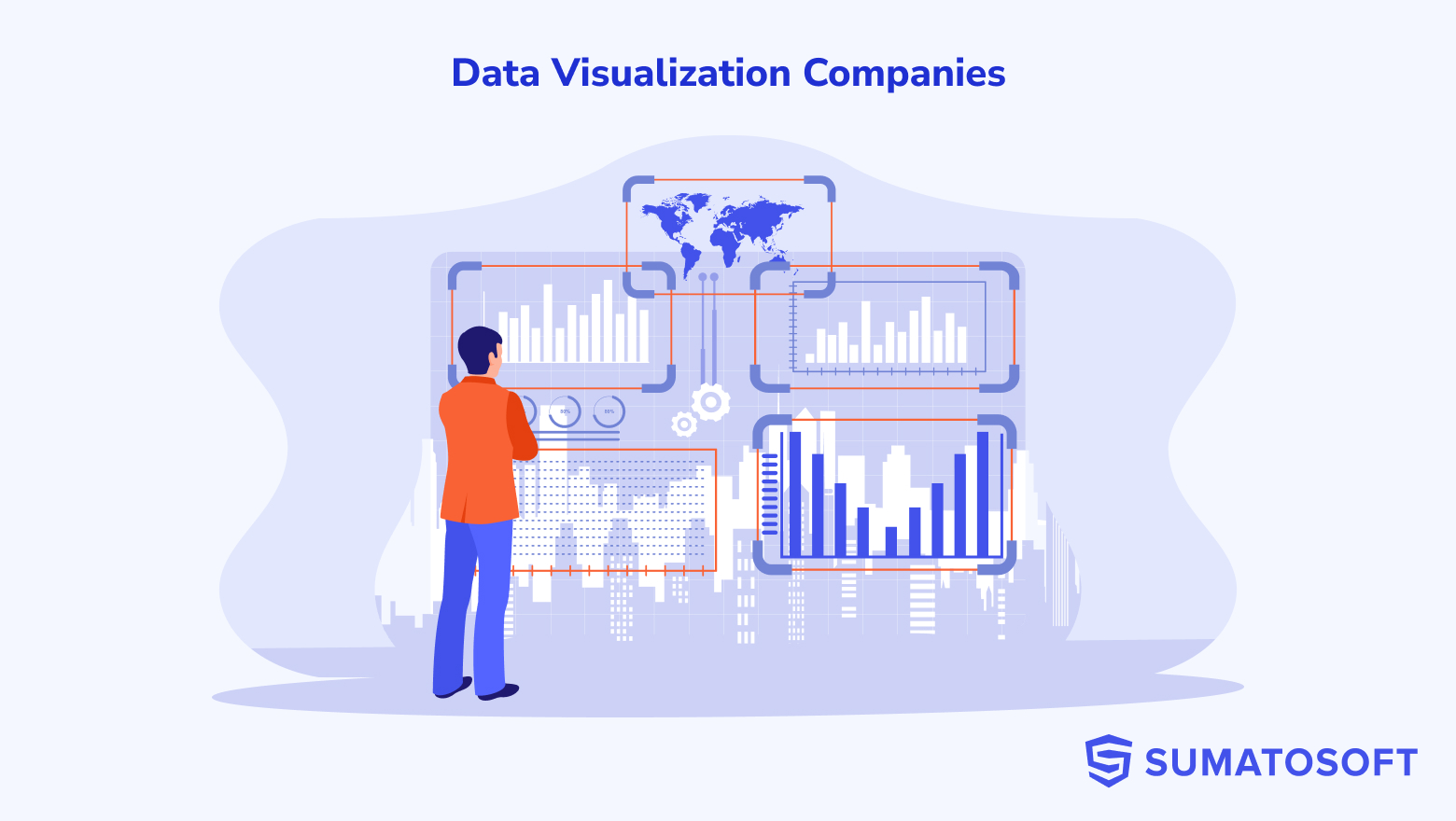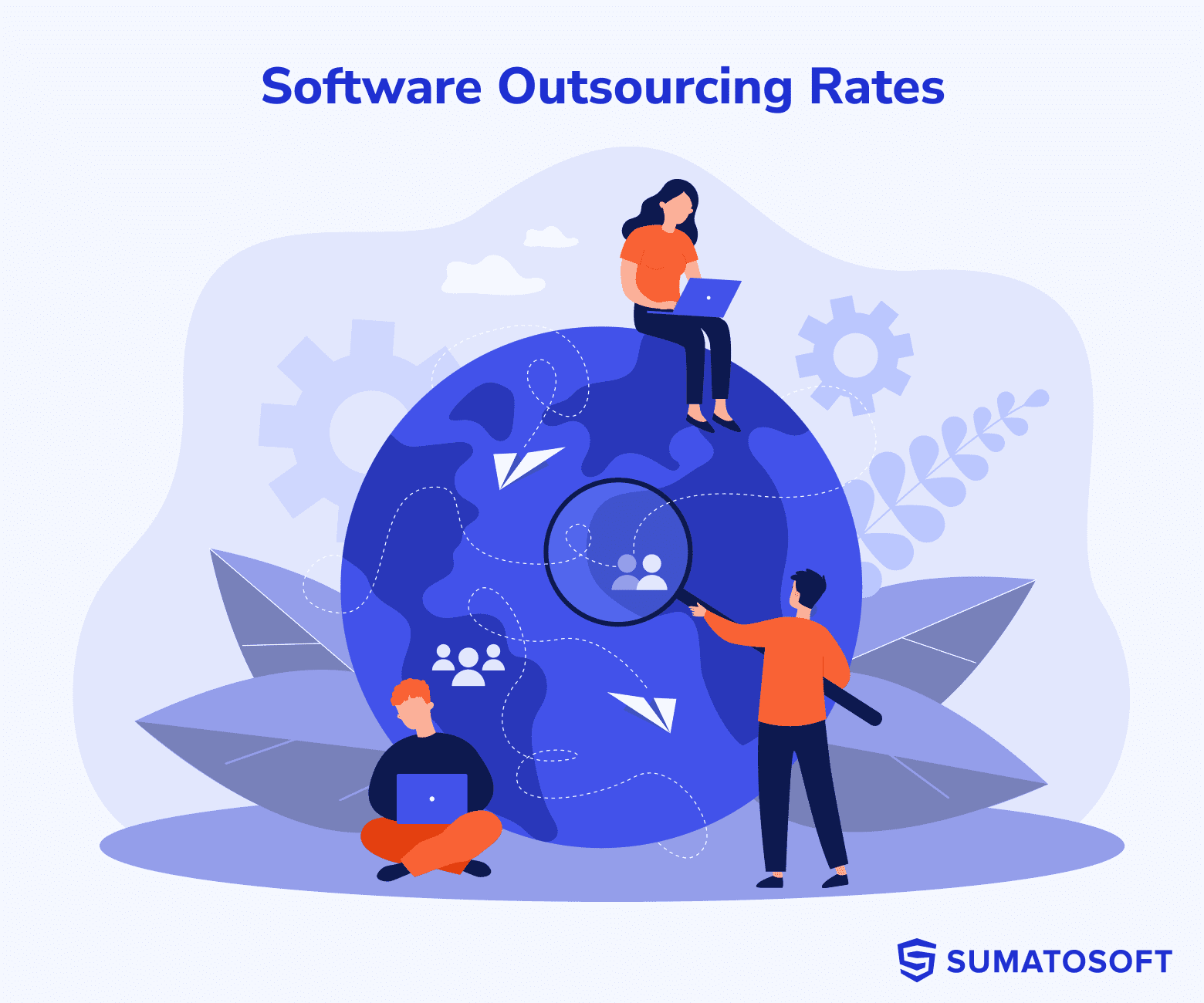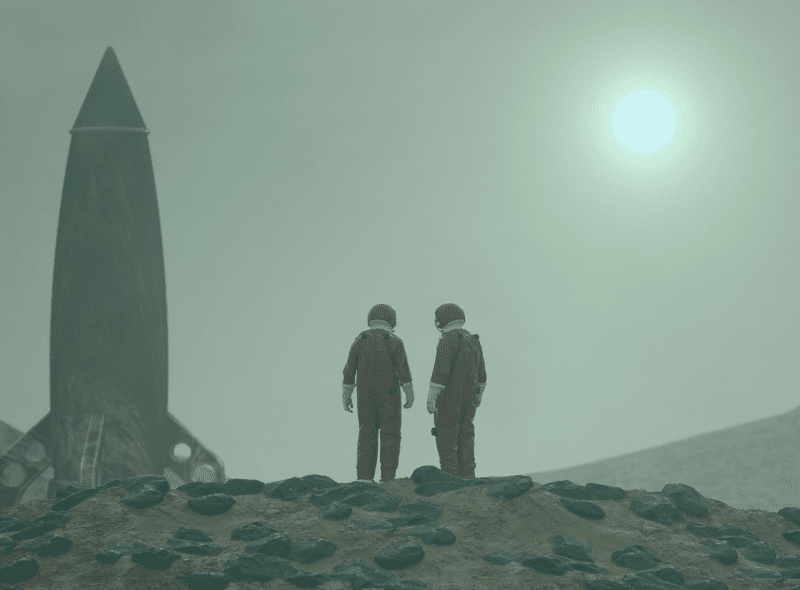The Virtual Twin: Innovation or Digital Twin Transformation


In October 2021, Mark Zuckerberg claimed to focus on Metaverse creation. The concept of the physical world that connects with the virtual one has vast possibilities for socialization and business activities. Virtual reality will leave the borders of the computer world and impact real life. Virtual reality should help respond to the challenges of our epoch. As a part of this concept, the concept of virtual twin has appeared to represent a visual demonstration of a real-world system or entity.
According to a report by MarketsandMarkets, the virtual twin technology market is expected to grow from USD 1.5 billion in 2020 to USD 7.5 billion by 2025, at a CAGR of 39% during the forecast period.
So let’s find out what this is all about.
What Is a Virtual Twin
Virtual twin looks like software or item that imitates thing, personality, or situation from the physical world. For example, some celebrity makes a virtual twin able to socialize with the fans, give interviews, and even lead the whole concert. Or the tutor does not need to read the same lecture day after day repeatedly. He will use the avatar to articulate the lecture. The tutor’s virtual twin might well answer students’ questions about what makes this concept exceptionally reliable. Right now, such virtual models can give typical answers, but in the future, they will cope with tricky questions, too.
With 3D modeling evolution, virtual twins will become better both internally and externally. They might perform more authorized actions independently, without any user’s help. Virtual twins are on the verge of total success. There should be no difference visible to define if the model works on its own or if the user operates here.
What Is Virtual Twin Experience
With many interaction formats, within a digital twin experience, people and companies will sell and buy digital and usual goods and services and organize business meetings, education events, exhibitions, and concerts. For example, when the Coronavirus started, rapper Travis Scott held a virtual show in the game Fortnite and earned $20 mln with the merch sale income included.
In the virtual twin experience, humans express themselves with the help of avatars. One may make an accurate digital copy of his own life, build an alter ego or construct a cartoon character. It depends on what the user wishes and which rules the platform is based on. It is also possible to dress up your avatar who exists virtually. For example, Gucci offers digital clothes and accessories in different games and apps.
The main functionality of the virtual twin is to demonstrate what is going on with the original object in real life. It helps save time on unnecessary experiments and expenses if it comes down to complex and expensive equipment. What is also essential is that the virtual twin’s experience allows for avoiding the harm that might be done to people and the environment. If the experiment in a real life could be dangerous, the virtual twin will show it.
The Story of How Virtual Twins Were Created
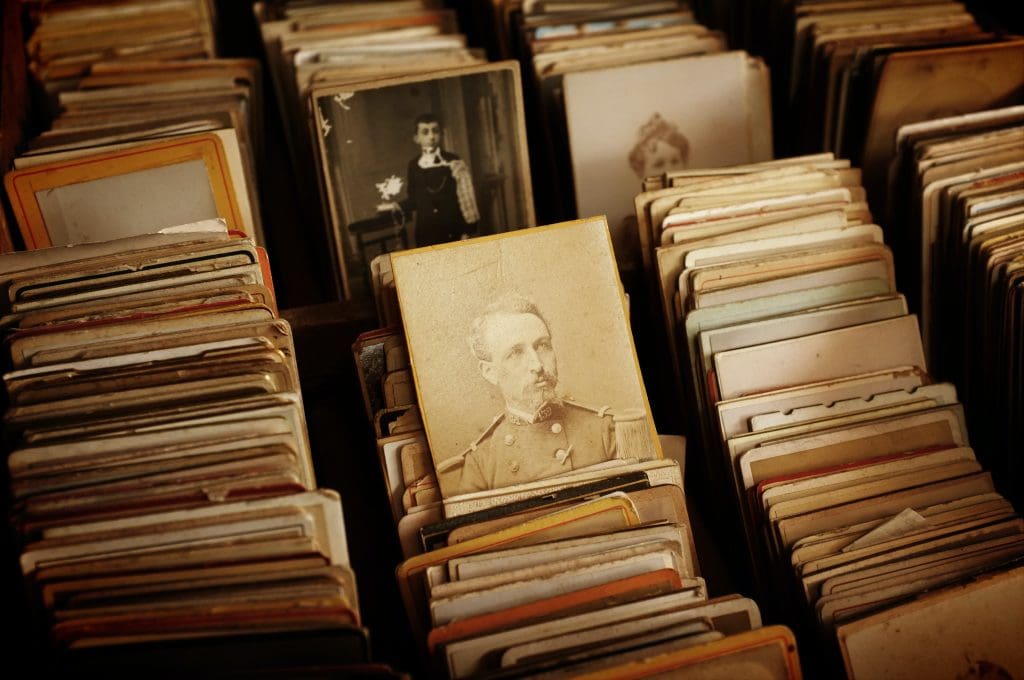
Firstly, the concept of the digital twin appeared in 2002. Michael Greeves, a professor from Michigan University, described three types of digital twins in his work “Origins of the Digital Twin Concept.” The following models are given:
- physical product in a real-time space;
- virtual product in a virtual room;
- data and information that combine digital and physical products.
As Greeves mentioned, the perfect conditions make it possible to get all the necessary information about the product based on the experiment with its digital twin. Officially, the concept of Digital Twin was explained in NASA’s report on modeling and simulation in 2010. The super realistic virtual copy of a space shuttle to produce the stages of construction, trials, and flights. That’s a lot! This case revealed to us the potential of this technology and reminded us once again why the Internet of Things matters.
However, the virtual twin origination harkens back to its digital “friend.” The digital twin is a profile constantly changing with the current and past object or process data included. The digital twin regularly enriches itself with new data, such as documents, photos and videos, transactions, geolocation, and other similar information. All this data makes it possible for the digital twin to describe the current state of the actual object or process reliably. The digital twin may also predict how things act under different circumstances. This function is based on the possibilities given by artificial intelligence and machine learning.
What Is the Difference Between the Digital and Virtual Twin

The digital twin accompanies the object or process during all the stages of its lifestyle. Digital twins became possible thanks to the development of IoT technology. Let’s imagine we need to construct the building. Firstly, we need funding for exploitation that ends the whole process. This process’s stages collect various data, for example, contracts, bills, schemes, reports, camera records, etc. With the data regularly updated, obsolete information is changing with more relevance. The digital twin includes all this data set, with all the details structured with no mistakes or dubbing. Each change should be mentioned here.
The digital twin accurately shows how the object works. It makes it possible to remove the vulnerabilities before the problem occurs. The digital twin demonstrates the mistakes before the product comes to the market. The enterprise that buys a digital twin will undoubtedly, save on resources and increase the industrial processes’ efficiency. Digital twins became one of the use cases of IoT in manufacturing.
At the same time, the digital twin is not necessarily concentrated on the reproduction of the condition of the material objects. It won’t show us the state of people, buildings, products, or equipment. The digital twin may create the process to see, for instance, how the pandemic is going. But to reach such a scientific goal, the researchers get to the next step. This is how the digital twin is transformed into the virtual one.
The virtual twin requires to be connected with the physical object via IoT. The sensor collects the information. With the help of machine learning algorithms, this data is analyzed and assessed, with the virtual twin behavior modeled. It has to dub the manner of behavior identical to the real object or process.
The virtual twin allows for regulating the object remotely. One can change the necessary attributes even if the user is far from the physical item.
Another advantage of the virtual twin is the possibility of tracking how clients use it. Therefore, the space for optimization is limitless. With accurate forecasts, virtual twins will let the company take a step forward. You even don’t have to worry about the circumstances of insuperable force. It will calculate everything!
With the virtual twin, any experiments may be done over the objects. In case you wish to destroy, or reproduce the thing plenty of times, you will find an unlimited number of points possible for the exact situation.
We should also mention one more feature that differentiates virtual twins from digital ones. Virtual twins are widely used in manufacturing to help monitor the condition of the products under exploitation. While the digital twin also describes the behavior of physical objects or processes, its forecast possibilities are limited. Indeed, it is characterized by memory. It remembers what was going on in the past. But the digital twin can predict the behavior only under the conditions where the data collection was. It means here, we may use only the standard requirements. But it is almost impossible to forecast how to behave in an emergency. The virtual twin allows a model of conditions where the object has never been exploited.
Apart from that, the virtual twin has one more special attribute. Notably, it knows which data is necessary to receive the demanded results and how to collect them appropriately. The virtual twin will suggest which sensors and metrics must be put on the objects and how and where it should be done. At the same time, the digital twin cannot boast such capacities.
How the Virtual Twin Can Be Created

We need some steps to create the virtual twin:
- the physical object or process with the set of sensors and metrics;
- the particular software or platform;
- the continuous connection between the physical and digital equipment
The process of virtual twin creation begins with the object, system, or method researched. All the attributes and functions have to be studied thoroughly. The developers are working closely with the technical specialists. The main question is to identify the common problems that may arise when the object is exploited.
Based on the mathematical description, the linear or tree-like structure of the future virtual twin is created after telemetry data is collected based on the sensors. It is still static. It shows how the object is made and its points are arranged in space.
Next, the static model is transformed into the dynamic one. It is revived with the descriptions of the working processes. The stage supposes to investigate all the possible options for the object’s behavior in the typical and emergent situation. Here, the technical specialists create scripts and checklists to monitor the performance of different tested trials. It is done to save up to 90% of the time when the actual object needs to start exploitation if it comes down to the equipment.
Bringing a virtual twin into life continues even after the dynamic simulation model is created. The virtual twin continues living along with the prototype and has its evolution. Before the changes are made in the entire system, the necessary adjustments are tested on the virtual twin.
Where the Virtual Twins Are Used
In general, the impact of IoT and virtual twins is huge. Let’s look at several industries that benefit from virtual twin usage.
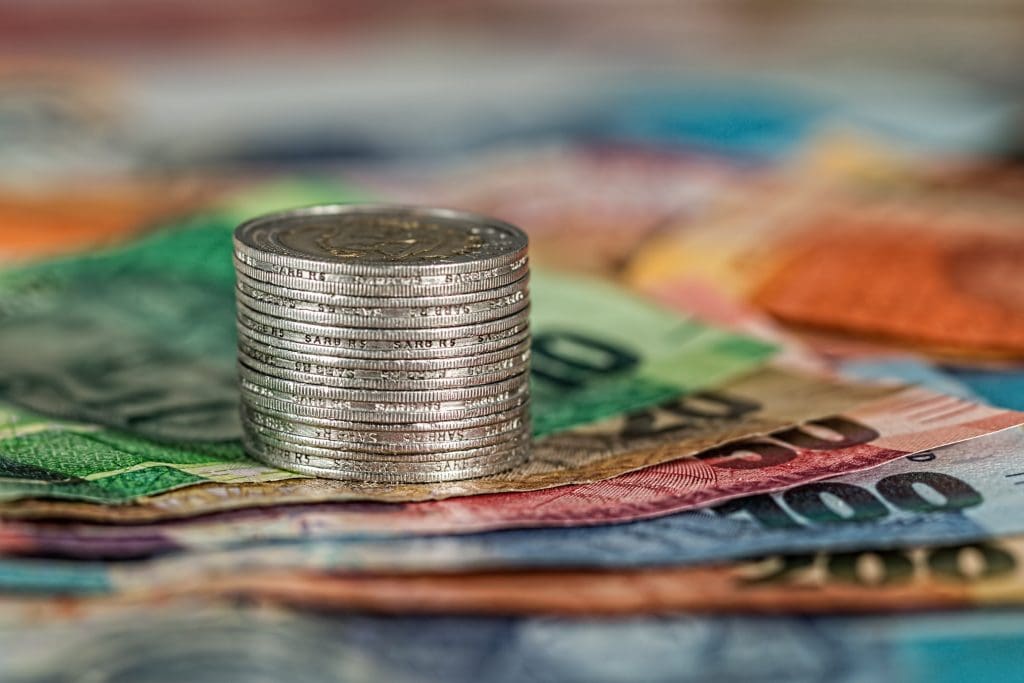
In the airspace industry, the virtual twins monitor planes, accurately make weather forecasts and discover the faults before the flight. It helps minimize equipment downtime. For instance, the air company KLM based in the Netherlands reduced the number of recently delayed and canceled flights twice due to the virtual twins. Or let’s consider the jet engines put in the planes. Several thousand separated components are first collected, with extensive verification testing made to monitor how safe the machine is working totally. But, due to the virtual twins, the producer can collect the expensive physical sample of a jet engine without collecting the expensive sample of a jet engine. It may be replaced with its accurate three-dimensional copy, particularly virtual twin. It will be analyzed, assessed, and tried to check if it complies with the interim regulations. Also, the developers may create a virtual twin for the already-used engine. It allows us to analyze the condition of its components and make forecasts on how it will be exploited.
In logistics, the virtual twins help boost productivity by monitoring the weight. The modeling allows transportation companies to assess the load for different transport modes required in a particular case. Consequently, they can keep transportation security depending on the size of the carrier truck.
In business organizations, the virtual twins accurately describe the actual causal dependencies between the industrial, economic, financial, and organizational metrics. The virtual twin helps make optimum regulation decisions at the planning, monitoring, and analysis stages of the company in general, with specific functional blocks, projects, and assets assessment. For example, analytical company Pygmalios introduced virtual twins as a part of digital transformation of retailing business. They called it Retail 4.0. This approach used by Pygmalios supposes collecting detailed real data of physical retail environment. It helps better understand behavior and actions of visitors.

Mainly, the virtual twins help regulate economic efficiency with the help of the value chain. It leads the digital transformation program and asset development. Industrial and financial planning based on standards, investment planning, project portfolio, and innovation management, not risk management, is performed with the help of virtual twins.
In the healthcare industry, the usage of virtual twins helps collect data from the present and past on how the hospitals are working and what is happening in the environment. For example, the virtual twins allow finding out the cases of Coronavirus, car accidents, and dust storms). With the help of virtual twins, the staff may define an acute shortage of hospital beds, optimize the work schedule, and handle hospital visits. This data boosts the efficiency of sources usage and optimizes the hospital’s work and staff while reducing costs. For example, the company Philips developed HeartModel app which creates detailed 3D image of human heart on the basis of sonograms. The investigation in the hospitals of MUSC Health has also shown that the virtual twins’ use can reduce the treatment time among patients with stroke, decreased the number of in-hospital complications, and cut hospital costs. The academic staff of MUSC Health in a partnership with the Siemens Healthineers team defined that virtual twins will change the process of decision making and changing the presciptions if necessary.
How Virtual Twins Are Changing the Supply Chains
The virtual twins are called as truly transformative for the industry of the supply chain. It’s one of the top trends in supply chain and logistics. It is expected that the next year and beyond virtual twins will change the whole supply chain industry totally. According to Gartner research, in 2019, 13% of organizations that deal with IoT use virtual twins, while 62% claimed to be in the process of virtual twins introduction. In the past, the supply chains were constructed based on the principle of the factory that produced the goods and sold them throughout the supply chain. It created a sizable gap between supply and demand in case the demand is much higher. It inevitably led to poor inventory management, which resulted in a lack of resources and profligacy. With the virtual twin of the supply chain created in 2020, it started moving the assets, people, and sources where they were in demand. So the term “IoT supply chain” appeared.

The data is given via the cloud servers and databases. As a result, the data collection in the supply chain improves several industrial practices. For example, in the supply chain the virtual twin helps transform the company’s priorities in the quantitative understanding of the natural consequences, such as implications resulting from the delays in the supply chain. The virtual twin is expected to become a model of all the network, including not only logistic assets, but also oceans, railways, avenues, streets, and the customers’ houses.
In the supply chain, virtual twins use predictive analytics that collects data from descriptive and forecasting sources to find the best course of action in each script before it is used in an objective decision-making process. With the help of predictive models that work with the actual data, the virtual twin extends this possibility because the entrance data is inserted in the model in a real-time.
For example, when the client’s order proceeds, the order, and transactions connected with it are automatically put in the virtual twin. To make the virtual twin realistic, other factors are taken into consideration that impacts the supply chain. For example, if the industrial equipment breaks down or supplies are delayed, the information is sent to the virtual twin via IoT gadgets, such as sensors. After the data is compared, the virtual twin defines the most appropriate action and supports supply chain optimization. This case might be illustrated by the example of an American company Fleetpride which sells spare parts and provides services for heavy trucks and trailers and constructed a model that uses historical data on the delivery to predict which dates, weeks, and months work for the delivery in the storage. With the decisions optimized with the help of the virtual twin, corrective actions can be taken while working with clients and staff or in case one needs to place the supplies at any time. The company uses predictive analytics to change the data and forecasts into actions based on the plans. They can rely on something other than intuition. Instead, they are using comprehensive analytics, statistic modeling, and decision-making mechanism to solve the issues in business planning, draw up a schedule, form the prices, do an inventory, etc.
How SumatoSoft Can Change Your Business with the IoT Technology
SumatoSoft has been building IoT solutions since 2012, delivering custom enterprise software and developing MVPs to startups gain a competitive advantage and improve their efficiency, effectiveness, and profit through business digitalization.
SumatoSoft offers industry-focused IoT solutions for healthcare, retail, manufacturing, smart homes & cities, and automotive domains. Examples include a fitness tracking system, a smart fridge sensors system, remote patient monitoring, warehouse automation, fleet management, robotics, smart traffic lights, and more. Every solution SumatoSoft builds comes with excellent security and scalability for future changes in terms of new features, fleet expansion, new users, and increased workload.
SumatoSoft IoT services include:
- all-around IoT applications;
- connectivity management;
- device management;
- Data visualization;
- IoT data analytics;
- IoT consulting.
The SumatoSoft team has built 150 custom software solutions for 27 countries for 11 industries. After more than 10 years on the market, the company became a reliable technical partner to its clients, demonstrating a 98% client satisfaction rate with the quality of services they provide.
Contact us to get a free quote for your project.
Afterword
In conclusion, digital twins, virtual twins, and IoT technologies are at the forefront of the next wave of technological advancements. These technologies offer tremendous potential for businesses, individuals, and entire industries to transform their operations, optimize processes, and drive innovation. The future looks incredibly promising for digital and virtual twins, as they have already transformed several industries, including manufacturing, healthcare, and logistics, among others. The impact of these technologies will only continue to grow, as they become more widespread and sophisticated over time. The ability to leverage real-time data and AI-driven insights to make better decisions and improve outcomes is truly amazing. We believe that these technologies will play a critical role in shaping the future and that they will continue to have a profound impact on our lives.
Let’s start
If you have any questions, email us info@sumatosoft.com

